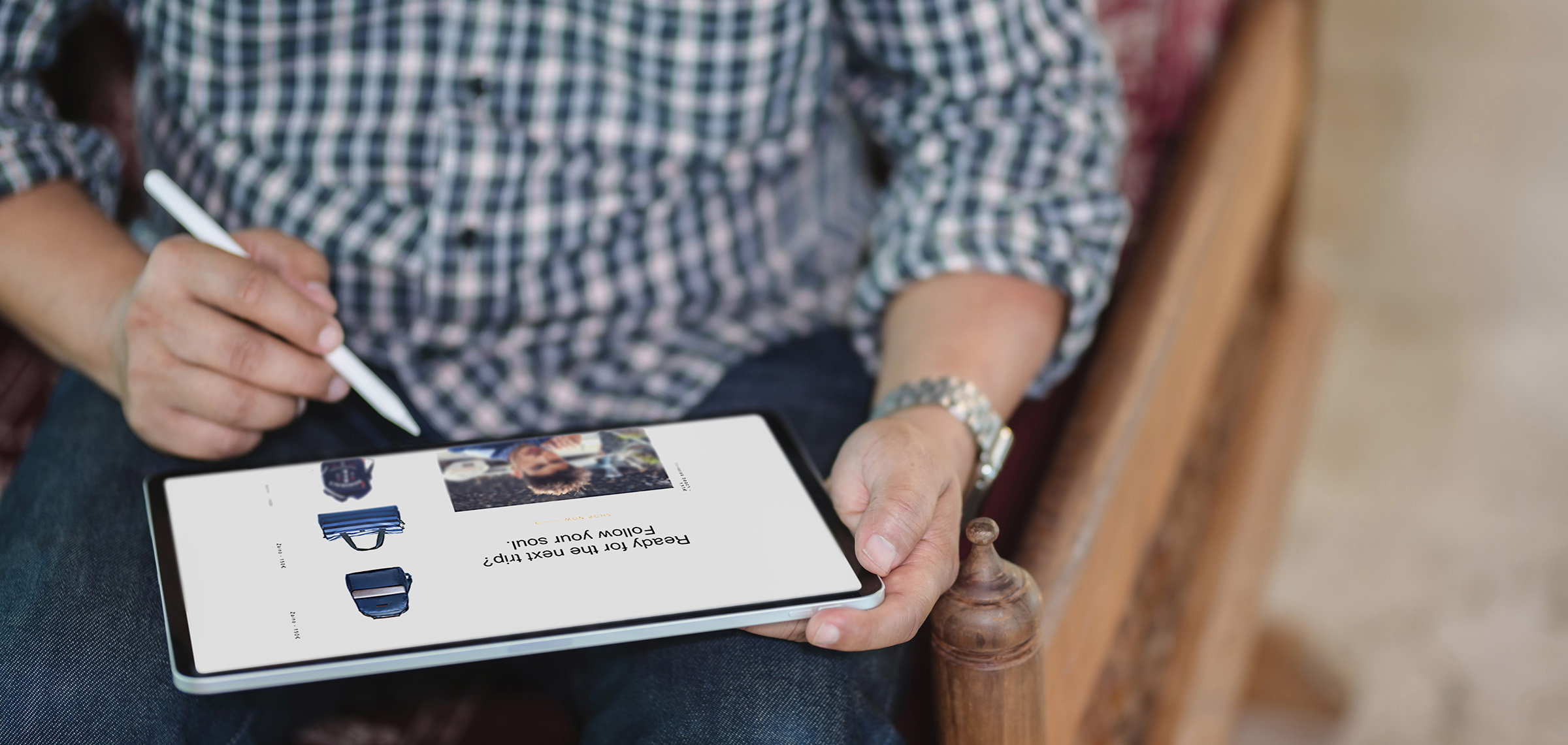Until now, large cities - challenging to speak of a metropolis for Italy (with the possible exception of Milan) or Switzerland - have acted as a pole of attraction, emptying the peripheral areas of people and talent. A dynamic that can be seen clearly in France or the United States: the spaces between cities are empty, of people and opportunities.
Considering Italy, if young and ambitious people no longer have to move to the most advanced cities, they can enrich less developed regions, shifting the demand for more services to areas where backward cultures persist and therefore increasingly more impoverished
Of course, there will always be people who choose the city despite everything. Because they prefer the concentration of services and people because they want more choice because they feel the charm of the metropolis, which is mighty and goes through history.
Internationally, however, there would no longer be the need to move to another country to work, unless you want to or to do some work. Companies, on the other hand, could have the entire world at their disposal to find talent.
But how are we going to deal with the regulation and taxation of labour? What about the granting of visas or migration laws?
And if a firm will be less and less constrained by the availability of the workforce and by the ease to activate the supply chain, then what about their location? Physical concentration has become synonymous with fragility: there is always the risk that production may be stopped (the resurgence of the pandemic is the most likely event, or some conflict) with the damage we have come to know. A greater geographical spread reduces the risks and could increase the benefits for the territories (if guided by ethics, and does not become a convenient excuse to translate into neo-colonialist cannibalisation of impoverished areas at the expense of workers' rights).
Social distancing regulates interactions between people: never too close to each other and wearing adequate protection. But this does not only apply to people, but it also has effects on the entire value chain: partners and suppliers can only meet under certain conditions and by observing specific rules to preserve the safety of workers and places. Meet people other than your colleagues, hold business meetings, provide B2B services, activate supply chains... even business relationships will be distributed.
The vast topic of risk management has also been introduced on the market. Many companies that tended to under-invest in the digital market in order not to cannibalise their commercial networks and therefore received 90% of their turnover from shops and 10% from digital contexts found themselves totally closed and even the growth of 3-4 times of Ecommerce did not compensate the losses. From now on being too unbalanced on a single infrastructure becomes a risk, and therefore, it is likely that the most balanced companies will be those most rewarded by the financial markets.
But, for a company, bearing the weight of the investments needed for this transformation is no small thing, it was not before, and it is even less so now, having to absorb the impact of the collapse in demand. It will likely be the small and medium-small companies offering goods and services that will suffer the most and instead will benefit the larger companies - which will occupy the market holes left by the former - or the more resilient ones.
Companies that were already at an advanced stage in the digitisation process are and will be able to benefit from the opportunities of this new situation: they will have an enhanced digital offering, faster recovery, and a stronger position in the market. The same cannot be said of the others.
And this brings us to the last aspect of the scenario outlined so far: it will no longer be mere profit the primary purpose of a company, but the ability to overcome almost unscathed - while changing and adapting - unexpected or destructive events. A crucial capacity also for society, and consequently for politics.






